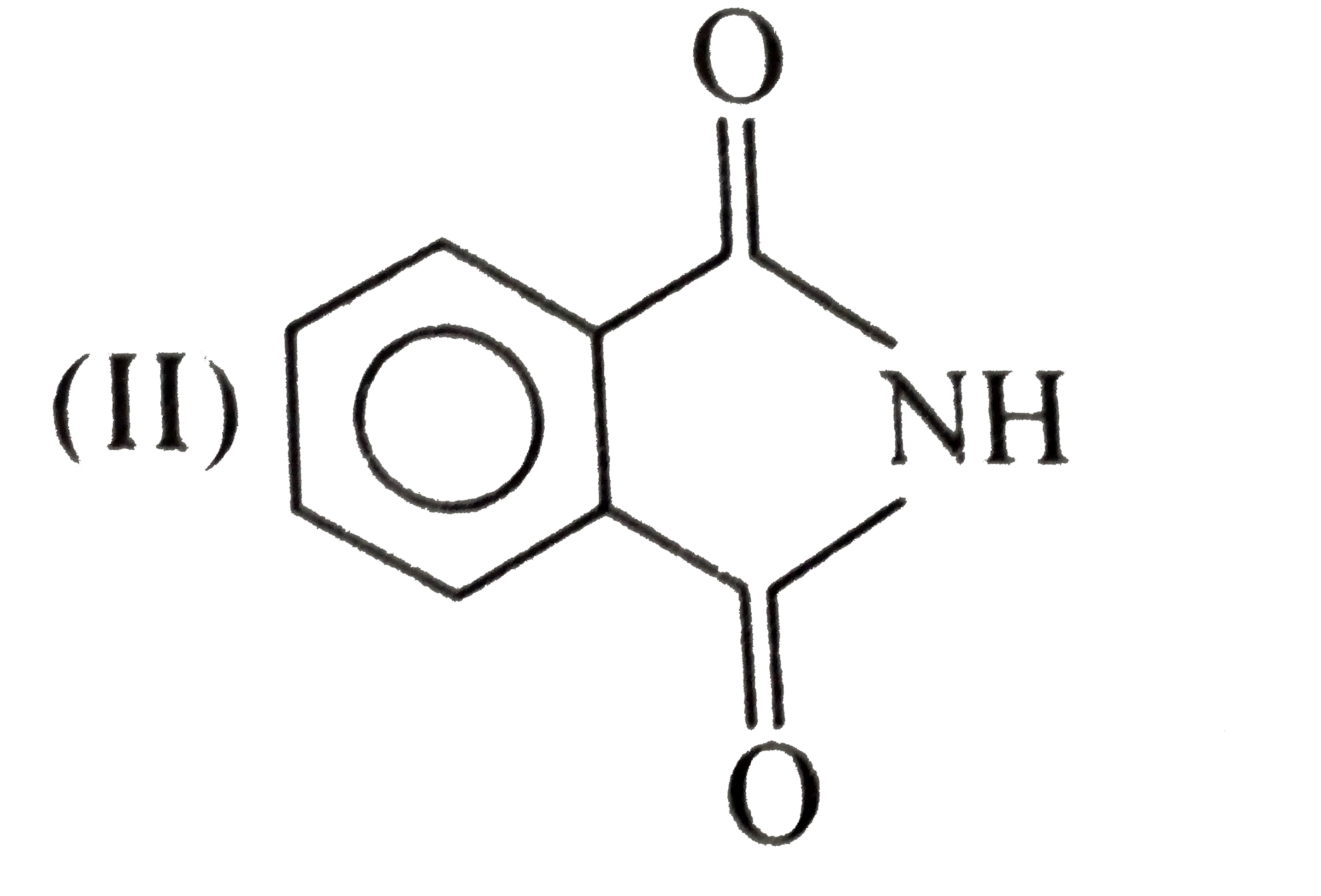Which one of the following reducing agents is likely to be most effective in bringing about the following change?
R−O∣∣C−NH2→RCN2NH2
H2−Ni
NaBH4
LiAIH4
Na-Alcohol
To determine the most effective reducing agent for converting an amide (R-C(=O)-NH2) to an amine (R-CH2-NH2), we need to analyze the options provided and their reducing capabilities.
1. Identify the Reaction:
The reaction involves the reduction of an amide to an amine. The amide functional group is characterized by a carbonyl group (C=O) attached to a nitrogen atom (NH2).
2. Understand the Reducing Agents:
We need to evaluate the reducing agents mentioned in the options to see which one can effectively reduce the amide to an amine.
3. Evaluate Each Option:
- Option 1: H2/Ni (Catalytic Hydrogenation):
- This is a mild reducing agent. It can convert alkenes to alkanes and alkynes to alkenes but is not strong enough to reduce amides to amines.
- Conclusion: Not effective.
- Option 2: NaBH4 (Sodium Borohydride):
- This is also a mild reducing agent. It can reduce aldehydes and ketones but is not strong enough to reduce amides to amines.
- Conclusion: Not effective.
- Option 3: LiAlH4 (Lithium Aluminum Hydride):
- This is a strong reducing agent. It can effectively reduce amides to amines by providing the necessary hydride ions to break the C=O bond and convert the nitrogen to NH2.
- Conclusion: Effective.
- Option 4: Na (Sodium):
- Sodium is a mild reducing agent and is not suitable for reducing amides to amines.
- Conclusion: Not effective.
4. Final Decision:
Based on the evaluations, the most effective reducing agent for the conversion of an amide to an amine is LiAlH4.
Answer:
LiAlH4 (Lithium Aluminum Hydride) is the most effective reducing agent for converting an amide to an amine.
---
The reaction involves the reduction of an amide to an amine. The amide functional group is characterized by a carbonyl group (C=O) attached to a nitrogen atom (NH2).
We need to evaluate the reducing agents mentioned in the options to see which one can effectively reduce the amide to an amine.
- Option 1: H2/Ni (Catalytic Hydrogenation):
- This is a mild reducing agent. It can convert alkenes to alkanes and alkynes to alkenes but is not strong enough to reduce amides to amines.
- Conclusion: Not effective.
- Option 2: NaBH4 (Sodium Borohydride):
- This is also a mild reducing agent. It can reduce aldehydes and ketones but is not strong enough to reduce amides to amines.
- Conclusion: Not effective.
- Option 3: LiAlH4 (Lithium Aluminum Hydride):
- This is a strong reducing agent. It can effectively reduce amides to amines by providing the necessary hydride ions to break the C=O bond and convert the nitrogen to NH2.
- Conclusion: Effective.
- Option 4: Na (Sodium):
- Sodium is a mild reducing agent and is not suitable for reducing amides to amines.
- Conclusion: Not effective.
Based on the evaluations, the most effective reducing agent for the conversion of an amide to an amine is LiAlH4.
LiAlH4 (Lithium Aluminum Hydride) is the most effective reducing agent for converting an amide to an amine.
Topper's Solved these Questions
- AMINES BOOK - NCERT FINGERTPS ENGLISHCHAPTER - AMINES EXERCISE - Classification
2 Videos
- AMINES BOOK - NCERT FINGERTPS ENGLISHCHAPTER - AMINES EXERCISE - Preparation Of Amines
5 Videos
- ALDEHYDES, KETONES AND CARBOXYLIC ACIDSBOOK - NCERT FINGERTPS ENGLISHCHAPTER - ALDEHYDES, KETONES AND CARBOXYLIC ACIDSEXERCISE - Assertion And Reason
15 Videos
- BIOMOLECULESBOOK - NCERT FINGERTPS ENGLISHCHAPTER - BIOMOLECULESEXERCISE - Assertion And Reason
15 Videos
Similar Questions
Knowledge Check
Which of the following is an intermediate formed in the reaction shown below ?
CH3−O∣∣C−Cl+NH3→Intermediate→productACH3−⊕NH3BCH3−O∣∣C⊕CCl−OH∣C∣⊕NH3−ClDCH3−O−∣C∣⊕NH3−Cl
Write the systematic IUPAC names of the following compounds :
CH3−C≡C−CH2−O∣∣C−NH2
View SolutionThe intermediates formed during the reaction of R−O∣∣C−NH2 with Br2 and KOH are :
View SolutionComplete the following reaction: (NH4)2SO4Δ−−→
View SolutionComplete the following reaction: (NH4)2CO3Δ−−→
View SolutionThe decreasing order of acidic character of the following is:
(I) Ph−O∣∣C−NH2 (II) (III) PhNH2
(III) PhNH2
View SolutionOf the following reactions, how many reaction, are used for the preparation of amines?
R−O∣∣C−NH2LiAlH4−−−→
View SolutionComplete the following reaction: (NH4)2Cr2O7Δ−−→
View Solution

_E01_906_Q01.png)